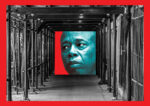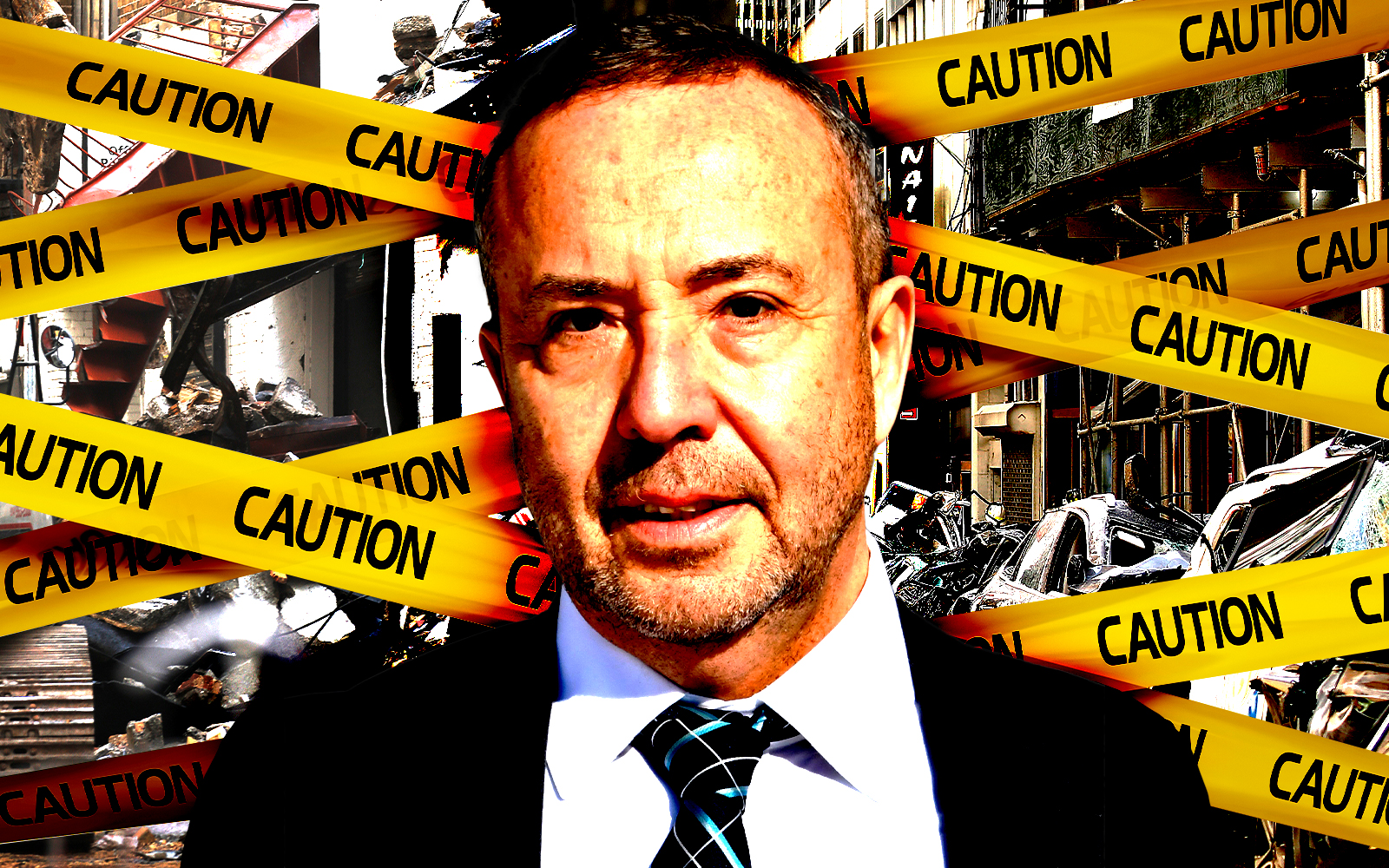Virtually all residential building owners in New York City are going to need a new gadget in their kitchens next year.
The requirement, which stems from a series of explosions nearly a decade ago, is for natural gas detectors.
The plug-in, hard-wired or battery-powered alarms must be installed between 3 and 10 feet from any gas-powered appliance — think, stoves and dryers — in multiple dwellings, one- and two-family homes that are rented out, and Class B dwellings, such as hotels.
If a stove and dryer are close enough together, one detector would do the job. Dryers in basement laundry rooms don’t need one.
Before landlords go crazy about yet another city regulation being imposed on them, the Department of Buildings is pointing out that the devices cost less than $20 apiece.
Not only that, but according to one Amazon seller, they will improve your life: “Plug and play directly into the power supply, very easy to use, allowing you to save a lot of time for other more interesting things.”
Alas, owners also need time for less interesting things — namely, complying with myriad other safety mandates from the city. Gas-related disasters, although rare, have been a primary target of politicians.
In a tragic 2017 case, an unwatched child turned on a stove in the Bronx, causing a fire that killed 12 people. Now landlords must put stove knob covers in units with young children, just as they must put safety bars on those units’ windows and remove lead paint.
Another recent law requires buildings to have a master plumber inspect their gas piping every four years. For the first round of inspections, plumbers are charging about $600 — but several thousand dollars for any fixes.
New York’s most famous building-safety statute is Local Law 11, passed after a Barnard student was killed by a falling block in 1979. It’s the reason sidewalk sheds proliferate across the city. However, deaths from descending debris, such as one in Midtown in 2017, still occur.
Similarly, a provision for self-closing doors was in effect when 17 people died in a Bronx blaze that raced through 333 East 181st Street after a fleeing family left their apartment door open and it failed to shut. A space heater triggered the fire — and a state law governing those notoriously dangerous appliances.
Countless lives have been saved by the city’s requirement for smoke detectors, and perhaps a few by a mandate for carbon monoxide alarms. But many deaths were linked to dead alarm batteries, so the state now requires battery-powered alarms to be sealed and last for 10 years.
Some changes have remained well below the radar of the public eye. In 2022, the city decided that metal chimneys connected to boilers posed a fire risk, because debris could collect at the bottom of the chimney and be ignited by hot exhaust. Thus, it required a “clean-out door” at the base — a provision that previously only applied to masonry chimneys.
In the building of one journalist who shall remain nameless, installation of a clean-out cost $1,800. It was not immediately clear why a metal chimney with a bird-proof cap would generate kindling at its base.
The gas-detector deadline of May 1, 2025, will be triggered by the Department of Buildings’ publication of the rule, which is expected this week.
Another law, concerning parapets, took effect Jan. 1. Now, the owner of any building with a parapet, a low wall or railing at the edge of a roof, that faces the public right-of-way must do an annual inspection and compile a report. This is to ensure that no debris tumbles from parapets to sidewalks below.
The Department of Buildings does not consider this an onerous, expensive mandate, because the parapet inspection need not be done by a licensed professional, only by a person “competent” to do the job.
The agency’s website describes what that means:
“Observations must be performed annually by a person competent to inspect parapets, including, but is [sic] not limited to a bricklayer, building superintendent, handyman, mason or a person in a similar construction-related trade, architect, engineer, an inspector working for a New York State-authorized insurance company, a New York State-authorized building inspector, or any other individual capable of identifying hazards on the parapet.”
That rather sweeping list might well qualify your cousin Jimmy for the task. But he cannot do it from the ground: The inspection must be made from the roof or fire escape, and the report must be kept on hand for six years.
For owners unsure of their maintenance obligations, the city has helpfully posted its Administrative Code online. The section on maintenance is a mere 46 pages.
Parapets are not (yet) mentioned.
Read more



